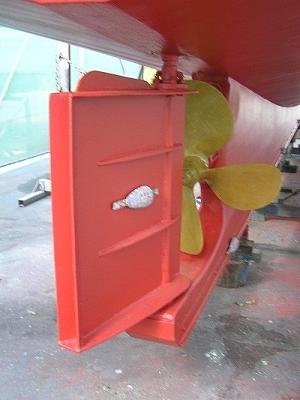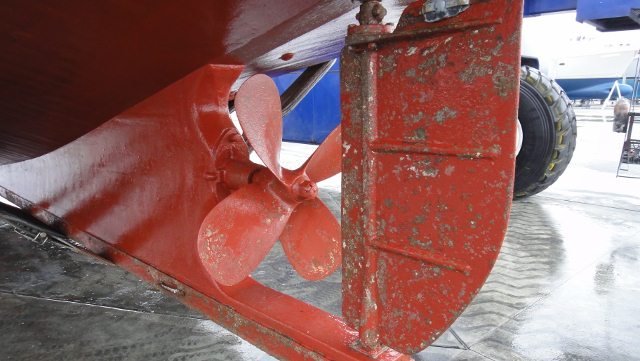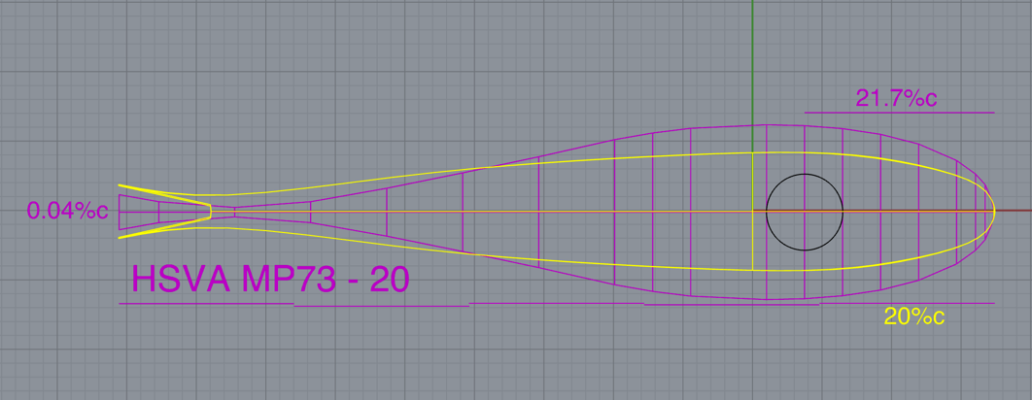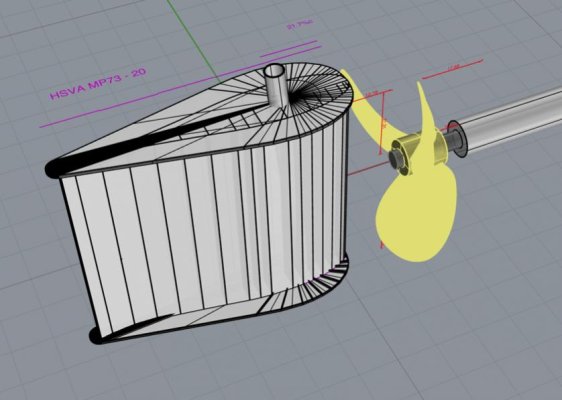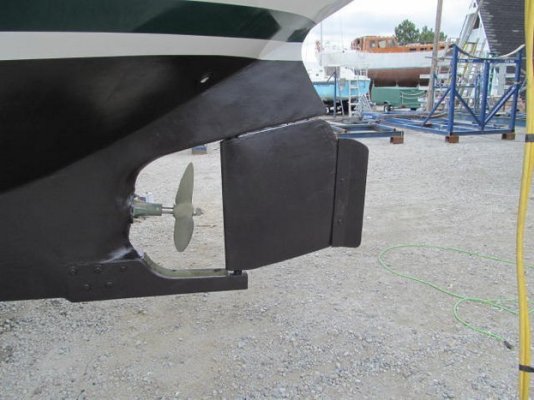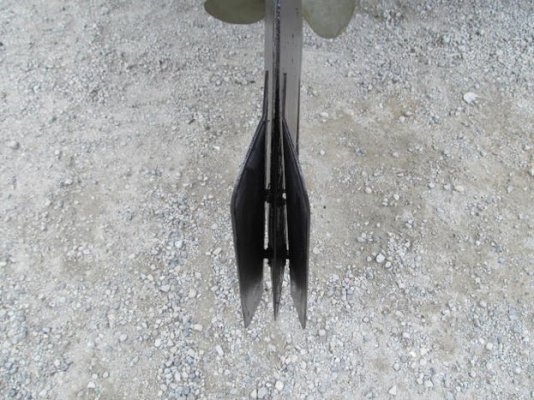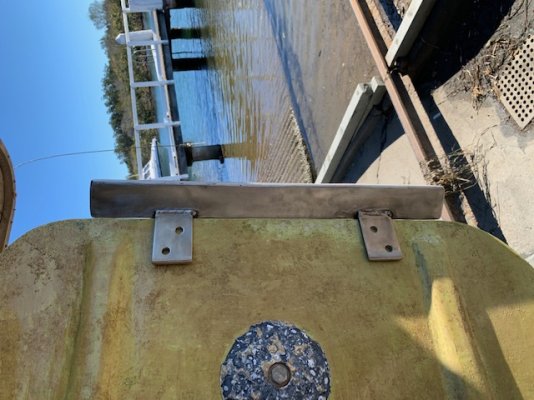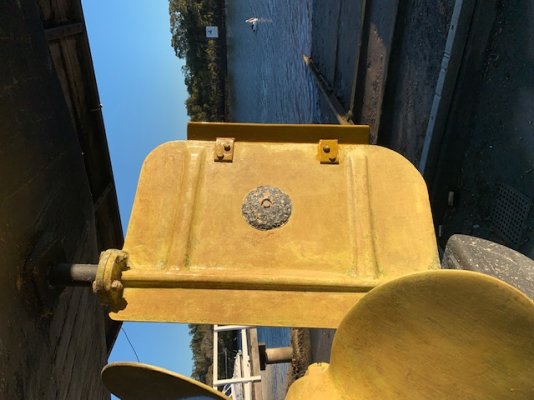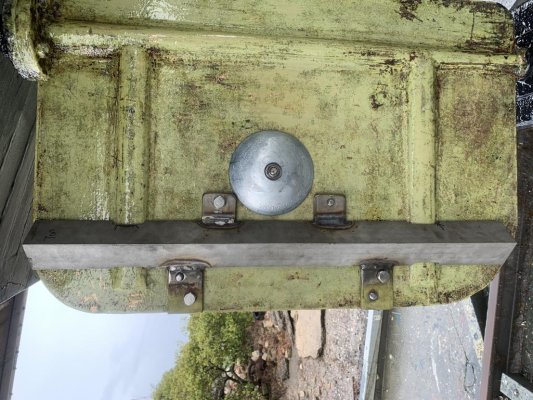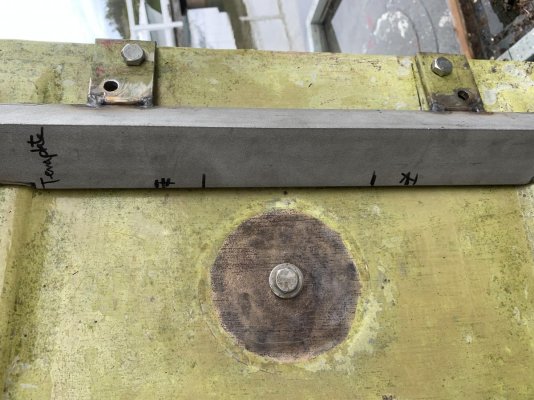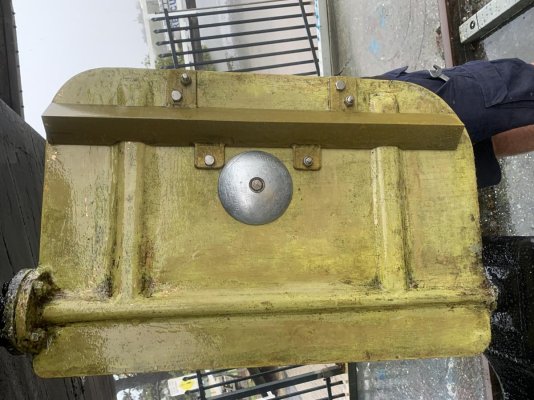Hey Benn,
I noticed Tidahapah's thistle rudder.
Is it to your design, and what difference do you reckon it makes? Even though Flemingo has a thruster (I've never used one) maybe it will be sufficient, perhaps I should also explore fitting a thistle, or an articulated rudder.
I noticed Tidahapah's thistle rudder.
Is it to your design, and what difference do you reckon it makes? Even though Flemingo has a thruster (I've never used one) maybe it will be sufficient, perhaps I should also explore fitting a thistle, or an articulated rudder.
Attachments
Last edited:

